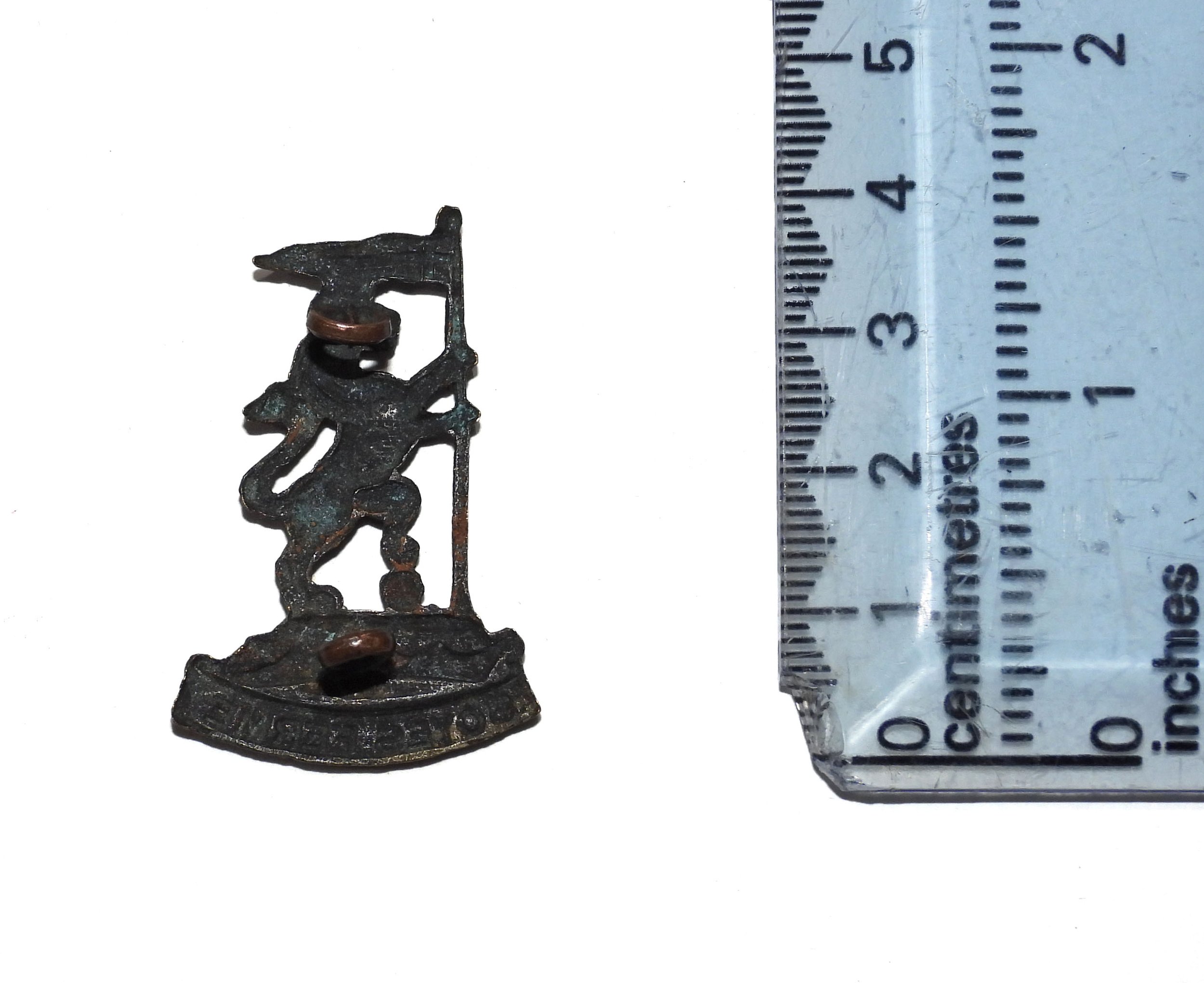Two Māori companies were formed in New Zealand in 1914 and sailed from Auckland in February 1915 to take part in the Gallipoli Campaign.
The unit was reformed as the New Zealand Pioneer Battalion on 20 February 1916 and sent to France.
1. Māori Contingent was attached to the New Zealand and Australian Division headquarters from November 1914 to March 1916.
2. New Zealand Pioneer Battalion, attached to the New Zealand Division headquarters from March 1916 to September 1917.
3. New Zealand Māori (Pioneer) Battalion, attached to the New Zealand Division headquarters from September 1917 to March 1919.
On 1 October 1917 the old New Zealand Native Contingent oval badge, modified with "N.Z." replacing "NZNC", replaced the 1916 "NZ Pioneers" badge. It was worn until the Battalion was disbanded in April 1919.
The crest of the Māori Contingent includes two traditional Māori weapons, the taiaha and tewhatewha, crossed through a Tudor (King's) crown. The motto 'Te Hokowhitu a Tū' signified the 140 warriors of the war god, Tu-mata-uenga.














